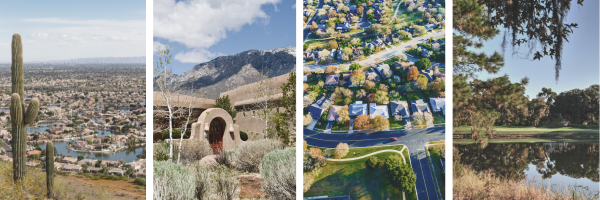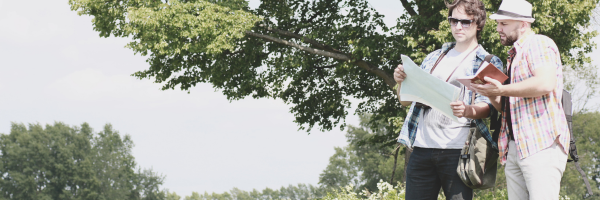Articles
Master Planned Community HOA Management
Master-planned communities are expansive housing developments that combine neighborhoods, amenities, and services to provide residents with convenience, quality living, and a vibrant lifestyle. These communities often feature a mix of housing types, including single-family homes, condos, and apartments, as well as shared amenities such as recreational facilities, commercial establishments, and common areas. The goal is to create a self-contained, thriving community for every stage of life.
At AAM, we specialize in managing the unique needs of master-planned communities, ensuring seamless operations, increased property values, and a positive experience for both homeowners and board members. Moreover, with a proven track record in managing master-planned communities, our expert team offers customized solutions to help communities like yours thrive.

Services Tailored for Your Community
Managing master-planned communities involves juggling diverse needs, from maintaining aesthetic standards to navigating complex governance structures. At AAM, we provide a wide array of services to meet the specific demands of both Master and Subassociations, ensuring that every aspect of your community runs smoothly:
- Full-Service Accounting & Budgeting Assistance
- Dues Collection & Financial Reporting
- Routine Inspections & Maintenance of Common Areas
- Violation Enforcement & Compliance Support
- Vendor Management & Contract Negotiation
- Board Training, Education, & Meeting Preparation
- Resident Communication & Portal Management
- Reserve Planning & Legal Assistance
- Emergency After-Hours Support
Our approach is rooted in transparency, collaboration, and a commitment to excellence. As a result, we help boards unburden themselves from administrative tasks and focus on creating a cohesive, vibrant community.
Understanding Master and Subassociations in HOA Management
Understanding the dynamics between Master Associations and Subassociations is key to effective community management. Here’s how we help navigate this complexity:
- Master Associations: Governs shared amenities like roads, entrances, and recreation facilities, ensuring consistent community aesthetics and standards.
- Subassociations: Focuses on the unique needs of specific neighborhoods or housing types, such as condos or townhomes, addressing segment-specific challenges.
Our seasoned managers ensure seamless coordination between these governing bodies, minimizing conflicts and fostering harmony across the community.

Why Choose AAM for Your Master-Planned Community
AAM is an industry leader in community association management, serving master-planned communities across the region with dedication and expertise. Here’s what sets us apart:
Focus on Value & Experience: We strive to exceed expectations, creating a positive experience for every homeowner, resident, and board member.
Local Expertise with a Broad Reach: With extensive experience managing communities in Arizona, New Mexico, Texas, Indiana, Michigan, South Carolina, and beyond, we also understand the unique challenges of master-planned communities in diverse regions.
Proven Track Record: Our history of success speaks volumes—helping communities enhance property values and create a welcoming environment for residents.
Customized Solutions: Additionally, we don’t believe in one-size-fits-all. We tailor our management strategies to your community’s specific needs, ensuring optimal results.

Take Your Community to the Next Level
Navigating the complexities of managing a master-planned community doesn’t have to be overwhelming. In fact, at AAM, we’re here to help every step of the way, providing full-service support tailored to your needs. Let us show you how professional management can elevate your community.
Contact us today to learn more about our customized solutions for Master and Subassociations and discover why AAM is the trusted partner for communities like yours.
